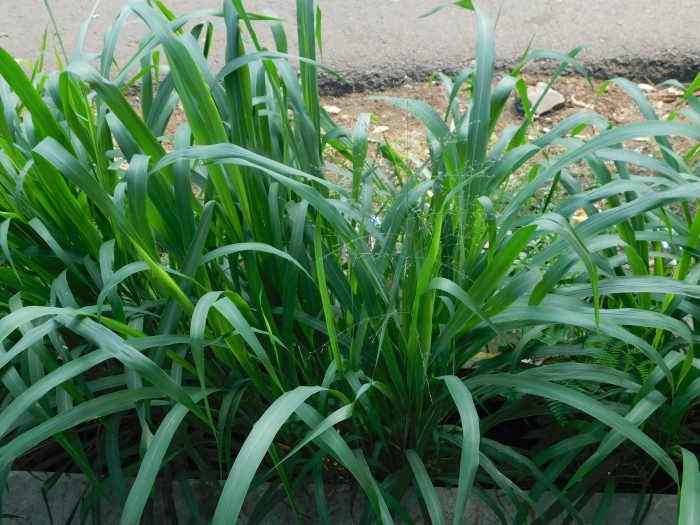Guinea Grass
(Megathyrsus maximus)
Guinea Grass (Megathyrsus maximus)
/
/

© Ganjar Cahyadi
CC BY 4.0
Image By:
© Ganjar Cahyadi
Recorded By:
Copyright:
CC BY 4.0
Copyright Notice:
Photo by: © Ganjar Cahyadi | License Type: CC BY 4.0 | License URL: http://creativecommons.org/licenses/by/4.0/ | Uploader: ganjarcahyadi | Publisher: iNaturalist |






















Estimated Native Range
Summary
Megathyrsus maximus, commonly referred to as Guinea grass, is a robust perennial bunch grass native to the savannas and open grasslands of Africa, often found in areas with scattered trees and along riverbanks. It is a highly adaptable species that can grow in a variety of soil types and is known for its ability to tolerate wildfire and drought conditions. Guinea grass typically reaches heights of 2 to 11 feet (0.6 to 3.4 meters) and is characterized by its upright tufts of foliage and slender, arching stems that bear narrow, spike-like inflorescences during its flowering season.
This grass is valued for its use as forage for livestock, and its high productivity makes it suitable for producing silage and hay. In cultivation, it requires full sun to partial shade and can thrive in a range of soil conditions, although it prefers moist, fertile soils. Due to its fast growth rate and high seed production, Megathyrsus maximus can become invasive outside its native range, so it is crucial to check local regulations before planting. It is also used for erosion control and as a soil improver in agricultural systems. However, its invasive potential should be carefully managed to prevent it from outcompeting native vegetation.CC BY-SA 4.0
This grass is valued for its use as forage for livestock, and its high productivity makes it suitable for producing silage and hay. In cultivation, it requires full sun to partial shade and can thrive in a range of soil conditions, although it prefers moist, fertile soils. Due to its fast growth rate and high seed production, Megathyrsus maximus can become invasive outside its native range, so it is crucial to check local regulations before planting. It is also used for erosion control and as a soil improver in agricultural systems. However, its invasive potential should be carefully managed to prevent it from outcompeting native vegetation.CC BY-SA 4.0
Plant Description
- Plant Type: Grass
- Height: 6-9 feet
- Width: 2-3 feet
- Growth Rate: Rapid
- Flower Color: N/A
- Flowering Season: Summer
- Leaf Retention: Evergreen
Growth Requirements
- Sun: Full Sun
- Water: Medium
- Drainage: Medium, Fast
Common Uses
Drought Tolerant, Erosion Control, Low Maintenance
Natural Habitat
native to the savannas and open grasslands of Africa, often found in areas with scattered trees and along riverbanks
Other Names
Common Names: Buffalograss, Green Panic, Capim-Colonião, Green Panic Grass
Scientific Names: , Megathyrsus maximus, Megathyrsus bivonanus, Megathyrsus maximus subsp. coloratus, Megathyrsus maximus subsp. pubiglumis, Megathyrsus maximus var. coloratus, Megathyrsus maximus var. pubiglumis, Milium arundinaceum, Milium arundinaceum, Panicum airoides
GBIF Accepted Name: